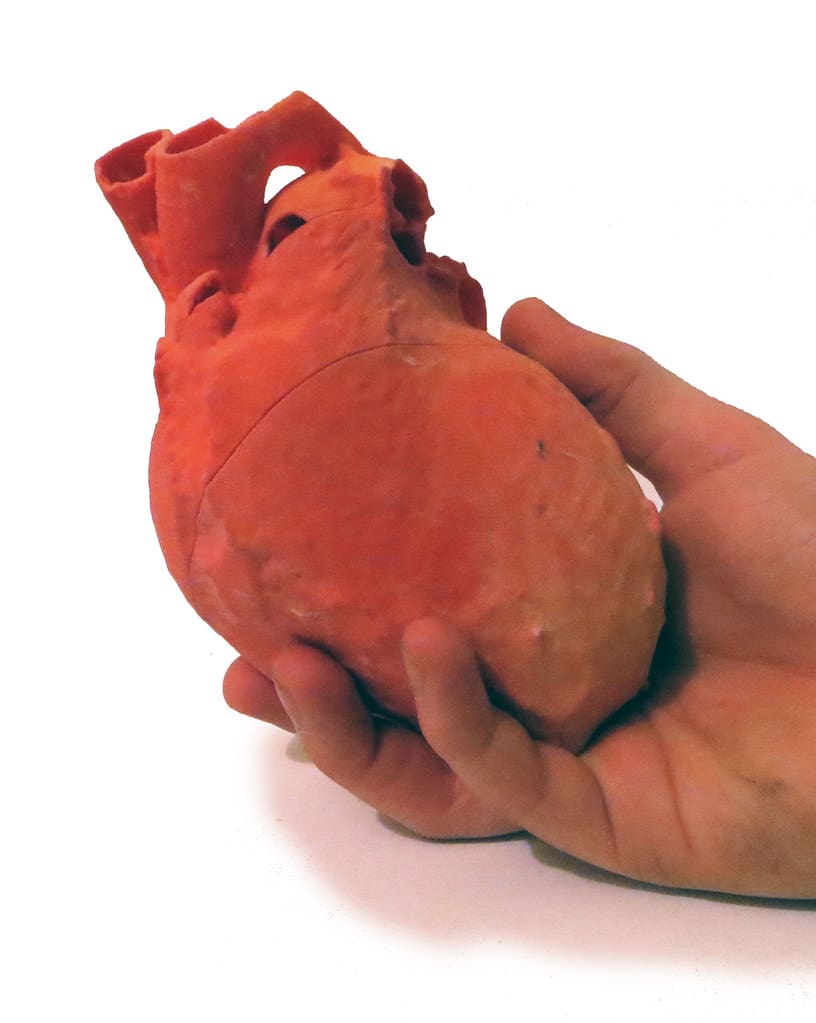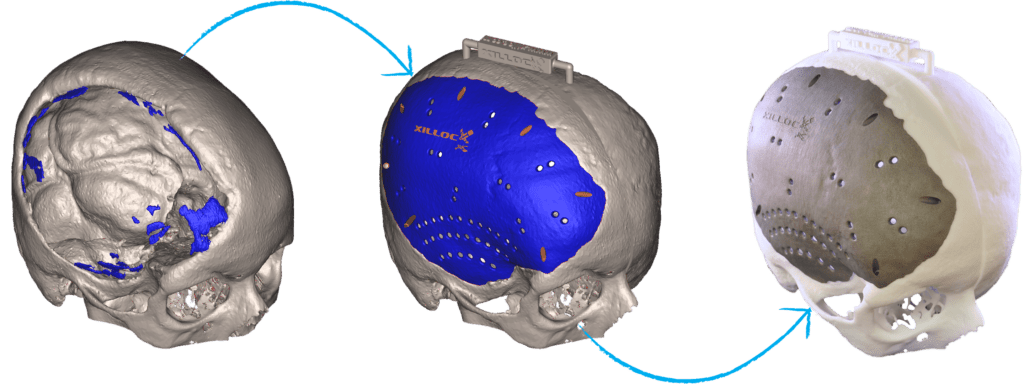Clinical engineering is a vital field that integrates medical technology with healthcare to optimize patient care. It involves the application, customization, and maintenance of medical equipment used in the diagnosis, treatment, and monitoring of patients. The advent of 3D printing technology in clinical engineering is transforming how medical devices and tools are developed, customized, and utilized within healthcare settings, offering unprecedented precision and customization capabilities that align closely with individual patient needs.
The Emergence of 3D Printing in Clinical Engineering
Initially used for prototyping in manufacturing, 3D printing has found profound applications in clinical engineering, particularly in the creation of custom medical tools, patient-specific implants, and anatomical models for surgical planning. This technology allows clinical engineers to rapidly design and produce devices that are tailored to the unique anatomical features and medical requirements of patients, thereby enhancing the effectiveness and efficiency of medical treatments and interventions.

Advantages of 3D Printing in Clinical Engineering
Customization and Precision: 3D printing offers unparalleled customization, enabling the production of devices and tools that fit the precise specifications and conditions of individual patients. This capability is critical in areas such as prosthetics, orthotics, and implants where patient-specific design can significantly impact clinical outcomes.
Rapid Prototyping and Iteration: The ability to quickly produce prototypes allows for iterative testing and refinement of medical devices within clinical settings. This accelerates the innovation cycle, enabling improvements in device design and functionality to be made swiftly and efficiently.
Complex Device Fabrication: 3D printing excels in manufacturing complex geometries that traditional methods cannot easily achieve. This ability is invaluable in developing intricate device components needed in modern medical apparatuses and implants.
Cost-Effectiveness: For bespoke or low-volume production, 3D printing is often more cost-effective compared to traditional manufacturing methods. It reduces the need for expensive molds and tooling, and decreases material waste.
Key Applications of 3D Printing in Clinical Engineering
Prosthetics and Orthotics: One of the most significant applications of 3D printing in clinical engineering is in the design and fabrication of prosthetic limbs and orthotic devices. These can be precisely tailored to the patient’s body, enhancing comfort and functionality.
Surgical Planning and Anatomical Models: 3D printing is used to create detailed anatomical models from patient imaging data, which surgeons can use for pre-operative planning and practice. This improves the surgeon’s understanding of patient anatomy, potentially reducing surgical risks and improving outcomes.
Custom Surgical Instruments: Tools and surgical aids can be designed and printed to match specific surgical tasks or to fit the surgeon’s ergonomic requirements, improving surgical efficiency and safety.
Patient-specific Implants: From cranial plates to joint replacements, 3D printing allows for the creation of implants that perfectly match the patient’s anatomy, which can lead to better integration and faster recovery times.

Challenges in 3D Printing for Clinical Engineering
Material Standards and Biocompatibility: Ensuring that materials used in 3D printing are biocompatible and meet rigorous health and safety standards is essential. The development and approval of new materials for clinical use can be a lengthy and complex process.
Regulatory Compliance: Medical devices produced through 3D printing must undergo stringent regulatory scrutiny to ensure their safety and efficacy. Navigating these regulatory pathways can be challenging, particularly as standards and guidelines continue to evolve.
Technical Expertise: The integration of 3D printing into clinical engineering requires a deep understanding of both the technology and clinical applications. This often necessitates specialized training and the development of interdisciplinary skills among staff.
Scalability and Speed: While 3D printing is ideal for prototyping and customized production, scaling the technology for high-volume manufacturing remains a challenge. Additionally, the printing speed may need to be enhanced to meet urgent medical demands effectively.
Future Directions in 3D Printing for Clinical Engineering
The future of 3D printing in clinical engineering is promising, with continuous advancements in technology, materials, and software expected to further enhance its capabilities. Innovations such as faster printing techniques, improved biocompatible materials, and more sophisticated design software are likely to expand the applications and efficacy of 3D printing in clinical settings.
3D printing is set to continue its transformative impact on clinical engineering, offering new levels of customization, efficiency, and innovation in patient care. As the technology progresses, it promises to further refine the design and functionality of medical devices, making healthcare more personalized and effective. With ongoing advancements, 3D printing will increasingly become an integral part of clinical engineering, revolutionizing medical practices and patient outcomes.








